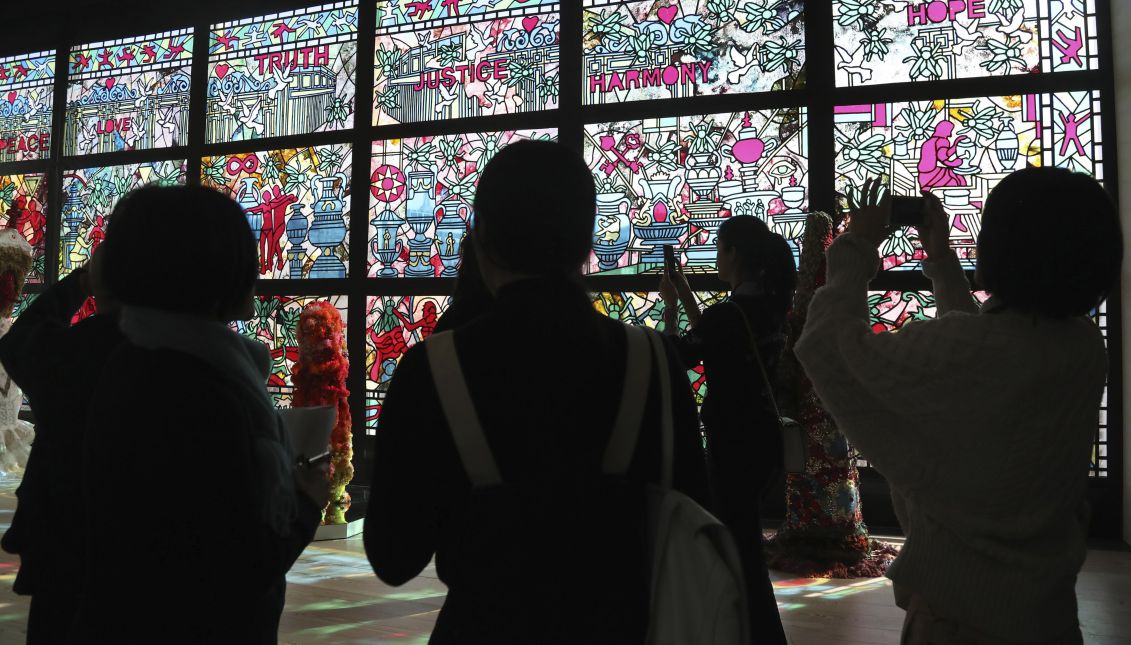
Whitney Biennial: Where Art Tells Us that Politics Had Better Times
Most of the works were chosen before last year’s Presidential election and makes us feel nostalgic, as reported in The New Yorker. Among the selected artists…
The Whitney Museum of American Art"s Biennial Exhibit opened two weeks ago with the aim "to gauge the state of art in America today". The exhibit gathers 63 works of international artists and groups focused on questioning the impact of modern day social turbulence on the individual.
Most of the works were chosen before last year’s Presidential election. The result, which is earnestly attentive to political moods and themes, already feels nostalgic, as reported in The New Yorker.
"The Age of Trump erodes assumptions about art’s role as a barometer of social change. Radicalism has lurched to the right, and populist nationalism, though it has had little creative influence so far, challenges sophisticated art’s presumption to the crown of American culture. The crisis makes any concerted will to “resist” awkward for those whose careers depend on rich collectors and élite institutions", writes art critic Peter Schjeldahl.
Among the selected artists in the exhibition is Rafa Esparza, Latino artist from L.A, who has created a room of handmade adobe bricks, as a shelter for works by other artists.
Another Latino artist exhibited at the Biennial is Raúl de Nieves , who made one of the largest pieces of art at this year's Whitney Biennial: a huge, mock stained-glass window made from everyday material like tape, paper, glue and beads.
RELATED CONTENT
De Nieves makes everything by hand, from beaded sculptures to paper and glue costumes. Growing up in Michoacán, Mexico, his mom taught him and his siblings how to crochet, and they learned how to sew in school so they could make their own clothing, reported the NPR.
"We're walking through the museum and then we get to a point where we're staring through 17-foot-tall windows," he recalls. "And they're like, 'We thought you could maybe work with this.' And I was like, 'Wait, what?' "
Talking about billboards, the author of an anti-Trump billboard in Arizona has received threats in the last days. Artist Karen Fiorito created the billboard now looming over Grand Avenue and Taylor Street. Plastered on one side is a depiction of Trump's face staring down. The red background is mingled with mushroom-cloud explosions and dollar signs in typography imitating Nazi swastikas.
Last week, Trump released its new budget plan for 2018, which includes plans to abolish the National Endowment for the Arts. The argument for the sweeping cuts, which also include the National Endowment for the Humanities and the Corporation for Public Broadcasting, is that they pave the way for a fifty-four-billion-dollar increase in defense spending. In 2016, the N.E.A.’s budget was a hundred and forty eight million dollars, a mere .003 per cent of the federal budget, which is forty-six cents per capita. Trump might as well have named his budget “America First, Art Last,", as reported in The New Yorker.











LEAVE A COMMENT: